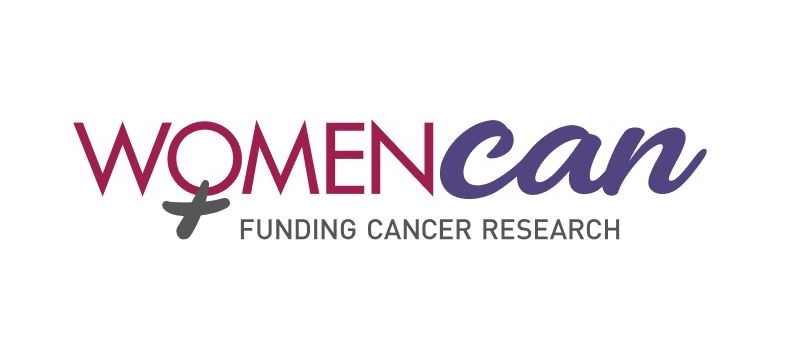ANZGOG is a world leader in gynaecological cancer research. We have conducted over 45 trials, treating 4,000+ patients over the last 25 years. ANZGOG can help you with your discovery of a clinical trial with the information below:
What is a clinical trial?
All new treatments have to be scientifically proven before becoming available to the general public. This includes treatments and early detection tests for gynaecological cancers.
Trials are designed to:
- Identify the best possible treatment for a gynaecological cancer; or
- Investigate whether a new treatment improves outcomes compared to an existing treatment; or
- Determine the impact of a treatment on the patient’s quality of life; or
- Make new discoveries in prevention and early detection of gynaecological malignancies.
Clinical trials have been the catalyst for new treatments for gynaecological cancer patients.
How does a clinical trial work?

Further information on clinical trials can be found here.
How to participate in a clinical trial
- ANZGOG conducts gynaecological cancer clinical trials to improve life for women. Click here to view ANZGOG’s trials that are currently open to participation.
- The Australian New Zealand Clinical Trials Registry (ANZCTR) is an online registry of clinical trials being undertaken in Australia, New Zealand and elsewhere.
Always speak to your Medical Oncologist about your eligibility for clinical trials.
Resources
- NSW Govt, Cancer Institute NSW “I have cancer… is a clinical trial an option for me?” website with clinical trial fact sheet in 8 languages (written) and 2 audio languages: https://www.cancer.nsw.gov.au/about-cancer/document-library/i-have-cancer-is-a-clinical-trial-an-option-for-me
- Produced and available on ACTA website (from the CALDER project “…part of an ongoing interdisciplinary project by University of Melbourne researchers to improve research equity and inclusion of CALD patients in medical research” led to the development and trial of Clinical Trials and You videos ). The videos have been published for broad dissemination: “What are Clinical Trials” video in multiple languages: https://involvementtoolkit.clinicaltrialsalliance.org.au/consumers





